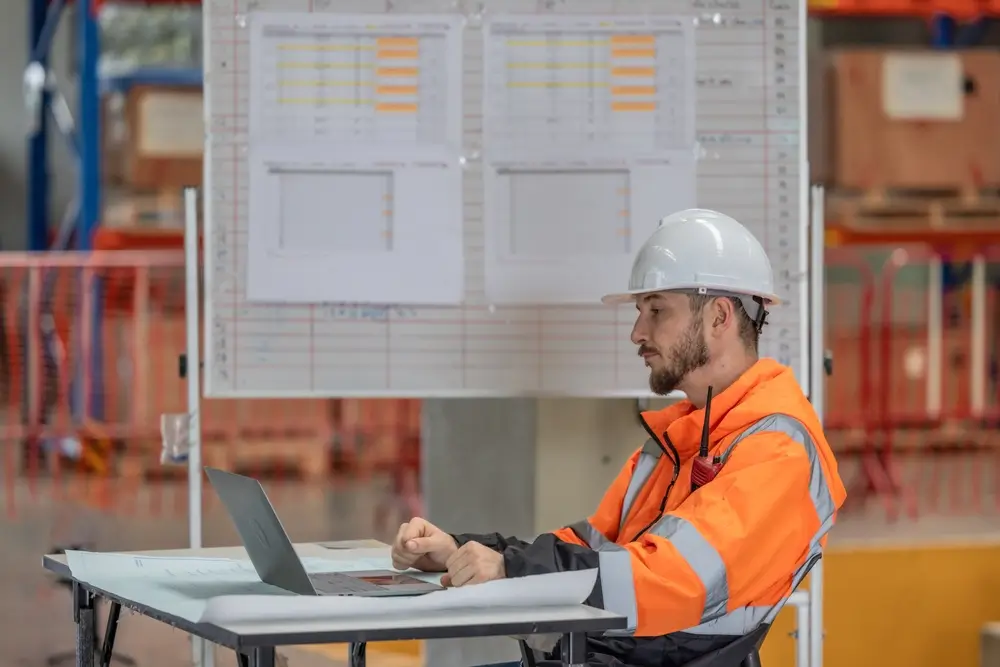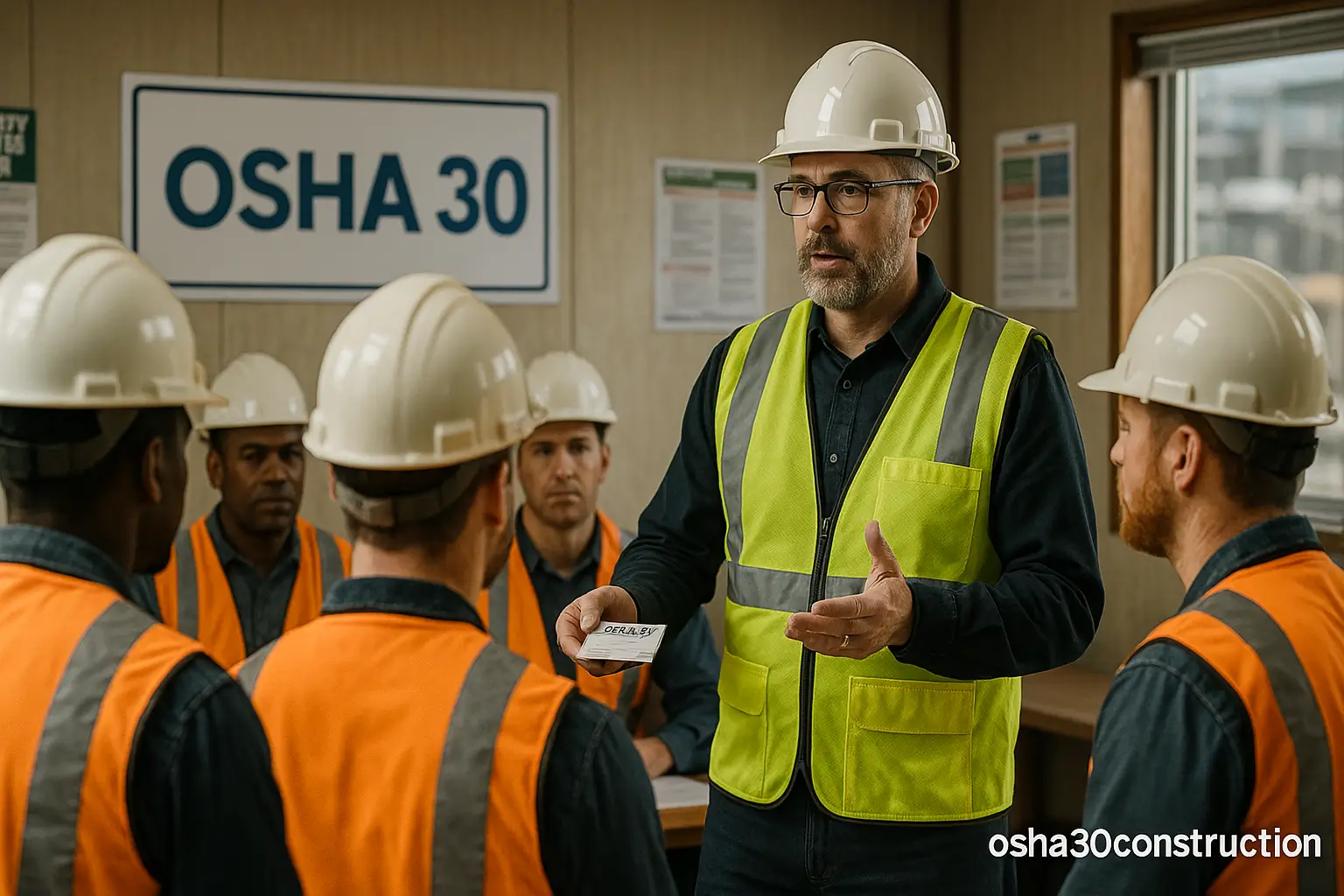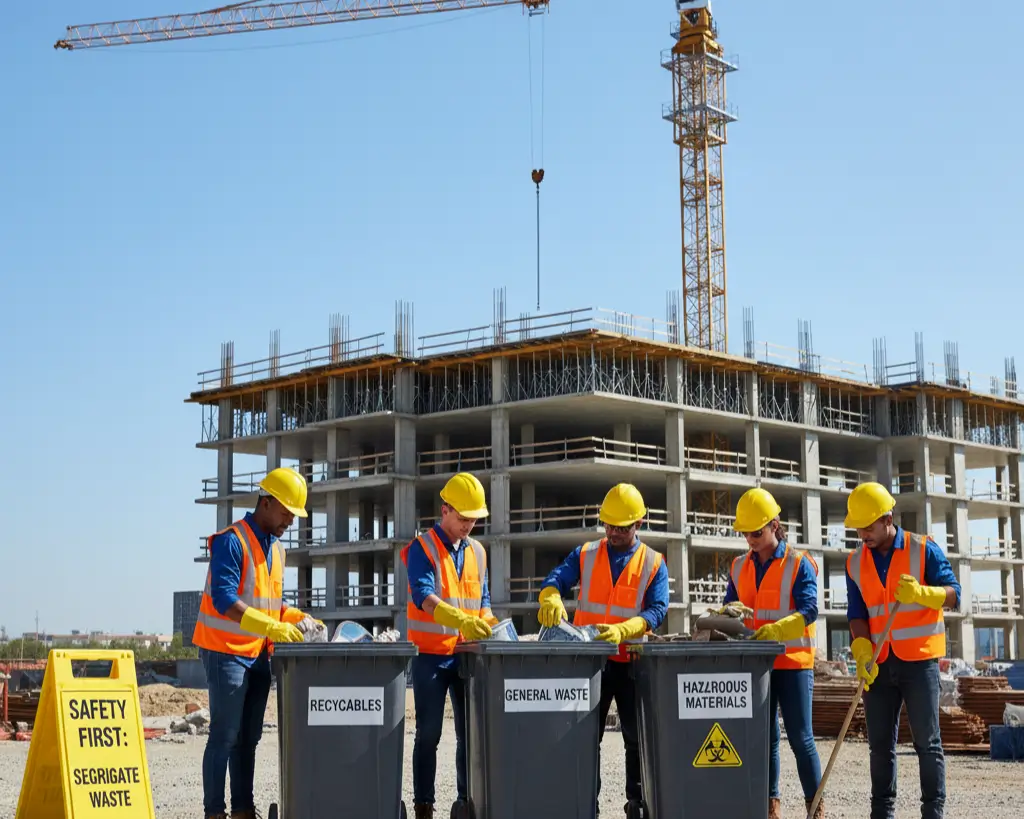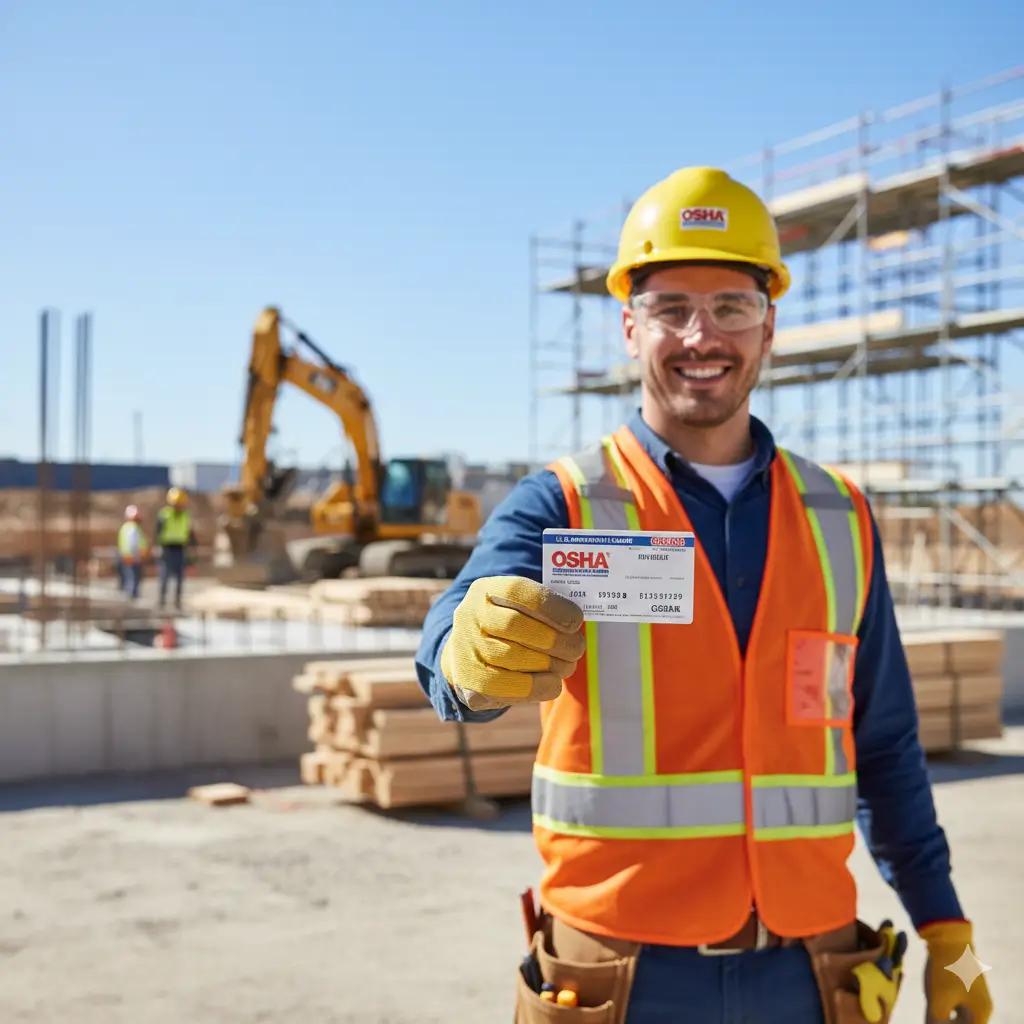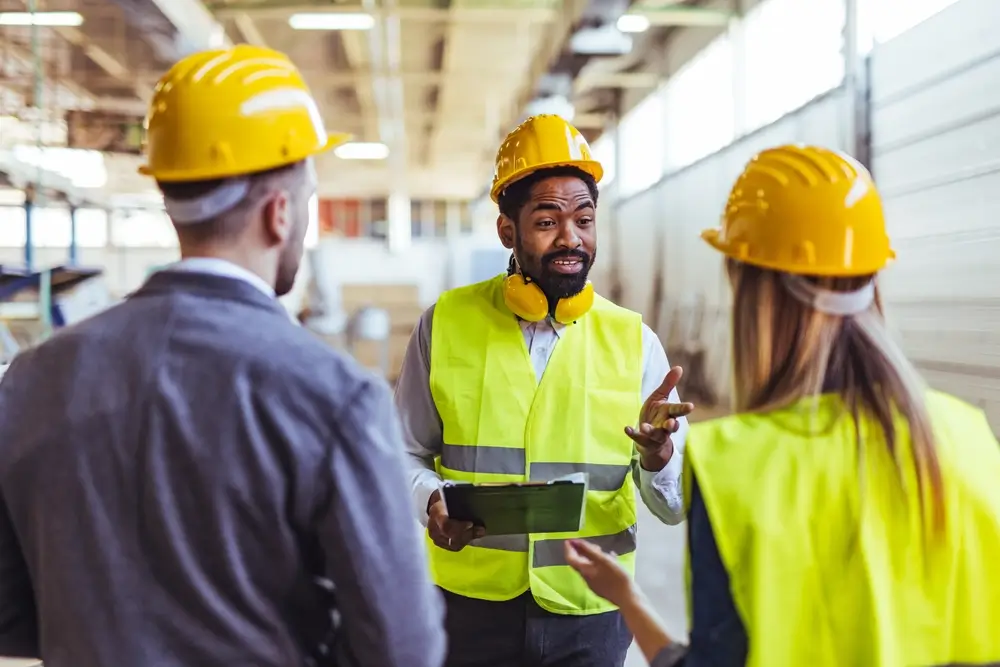The construction industry is highly prone to life-threatening hazards and illnesses. Due to its labor-intensive operations and critical worksites, it’s highly significant to have safety regulations and policies in place. Hence, the Occupational Safety and Health Administration (OSHA) makes sure that every organization has a well-trained workforce and a secure workplace to avoid hazards.
In 2022, according to the Bureau of Labor Statistics (BLS), nearly 1 in 4 workplace deaths occurred in the construction industry. This highlights the alarming situation in the industry and emphasizes the need for rowers to stay vigilant and receive proper safety training to safeguard their lives and health. Here, in this blog, you are going to learn about some important OSHA safety topics for construction for everyone to follow and learn about. So, read on!
10 Most Important Construction Topics In 2025
Go through the detailed guide covering toolbox talks, safety gear, construction regulations, and a lot more.
1. AI-Powered Safety Monitoring
As part of the newest technological advancements, organizations are now switching towards using AI-powered safety monitoring tools. AI systems process live video and sensor data to instantly identify safety risks such as PPE violations, unsafe equipment operation, or restricted-area entry. By analyzing historical safety data and environmental factors, AI can forecast high-risk situations before they occur, allowing proactive intervention. Moreover, AI monitors worker movements and actions to detect unsafe patterns, enabling targeted training and behavior correction.
2. Wearable Safety Technology
Wearable devices can continuously monitor vital signs such as heart rate, body temperature, and oxygen levels, alerting users and supervisors to potential health risks before they escalate. Built-in GPS and motion sensors track worker locations, detect falls, and trigger instant alerts in case of accidents or restricted-area entry. Moreover, advanced analytics in wearables can identify early signs of fatigue, stress, or dehydration, helping prevent accidents caused by reduced alertness. Collected data is analyzed to identify patterns, predict risks, and optimize safety protocols across worksites. Most importantly, wearables can automatically log safety data, generating adherence reports to meet OSHA or industry-specific safety standards.
3. Heat Stress Prevention
It’s important to recognize early signs of heat stress, such as dizziness, fatigue, and excessive sweating. Employees should stay hydrated by drinking water regularly, even if they are not thirsty. Wear light, breathable, and moisture-wicking clothing in hot environments. Schedule regular breaks in shaded or cool areas to prevent overheating. Moreover, use cooling gear such as neck wraps, cooling vests, or portable fans. There should be toolkits to monitor body temperature and heat index levels to assess risk.
4. Cybersecurity in Construction Technology
Cybersecurity software and tools help the construction industry stay away from hazards. Securing Building Information Modeling (BIM) data prevents design theft or sabotage. Safeguarding drones and site surveillance systems ensures protection against hacking. Moreover, organizations can train staff on phishing and social engineering threats.
5. Use Tools and Machinery Safely
It’s important for employees to inspect tools and machinery before each use for defects or damage. They must follow the manufacturer’s instructions and OSHA safety guidelines at all times. Ensure all guards, shields, and safety devices are in place before operation. Never bypass safety switches or disable protective features. Moreover, use the correct tool for the job; improvised tools increase accident risk. Disconnect power sources before repairing or adjusting equipment. And store tools properly to prevent damage or tripping hazards.
6. Stay Alert and Be Aware of Your Surroundings
Employers should regularly scan their work area for potential hazards such as spills, loose cables, or unstable structures. It’s necessary to be aware of moving vehicles, heavy equipment, and other workers nearby. Avoid distractions such as excessive phone use or loud headphones while on-site. Organizations should also watch for changes in weather conditions that may create safety risks. Use clear communication signals when working around noisy machinery. Furthermore, always know the location of emergency exits, first aid kits, and fire extinguishers. Report unsafe conditions to a supervisor immediately.
7. Participate in Safety Training Sessions
Make sure that all employees attend all scheduled safety meetings and toolbox talks to stay updated on current hazards. Engage them actively by asking questions and sharing experiences with coworkers. Help them learn about site-specific hazards and the proper emergency procedures. Give them a session to refresh their knowledge on OSHA regulations relevant to their work. Take advantage of hands-on training for new tools, equipment, or procedures. Encourage peers to attend training sessions to build a stronger safety culture.
8. Wear the Proper Safety Gear
Employees should always wear PPE (Personal Protective Equipment) required for their task, such as helmets, gloves, or safety glasses. They must ensure PPE fits correctly and is in good working condition. Replace damaged or worn-out PPE immediately to maintain protection. Wear high-visibility clothing when working near vehicles or equipment. Moreover, use specialized PPE for specific hazards, like respirators for dust or fumes. Understand how to maintain and store your PPE to extend its lifespan. And most importantly, never remove PPE while in hazardous areas, even for short tasks.
9. Confined Space Safety
Confined spaces are full of toxic gases and have a low level of oxygen present. Hence, it’s advisable to always check before entering and never step into a confined space without proper authorization and hazard assessment. Never work alone; always have a trained attendant outside the space. Test the air first; the oxygen levels, toxic gases, and flammable vapors must be checked before you go in. Wear the right PPE, and this may include respirators, harnesses, and protective clothing depending on the hazards. Moreover, ensure all machinery, valves, and electrical sources are isolated before entry.
10. Crane & Heavy Equipment Safety
Crane and heavy equipment safety is one of the most crucial topics in the construction industry. Always complete required safety training before operating cranes or heavy equipment. Employees must perform a full inspection of equipment before each use, report any damage immediately. They should never operate equipment without proper authorization or when feeling fatigued or distracted.
Wrap Up
If you want to work safely in the construction industry, then it’s important to be aware of each of the topics listed above. Get proper OSHA training and keep your knowledge and understanding about the industry and its policies updated.

